The last thing dog owners want to worry about is whether their houseplants are toxic for their pet. Avoid these plants if you have a dog.

Off Limits! 11 Plants That Are Toxic to Dogs

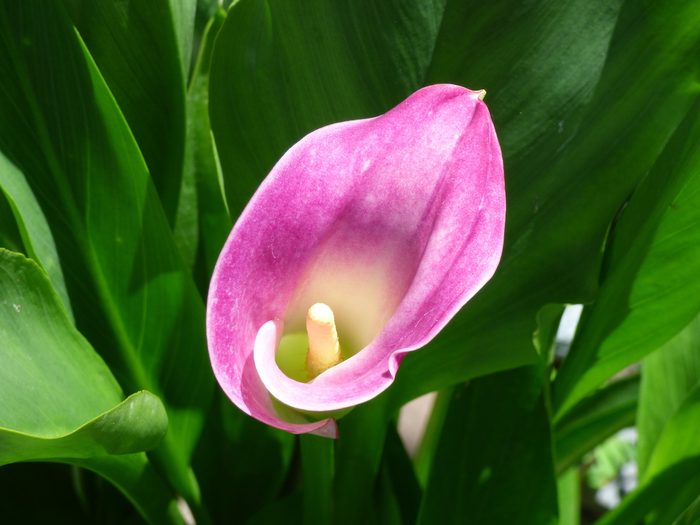
Calla Lily
It’s one of the most common houseplants and a popular cutting flower, coming in multiple colors from white to purple. But no matter what variety you grow, calla lilies aren’t safe for dogs.
Check out poisonous plants cats owners should avoid.
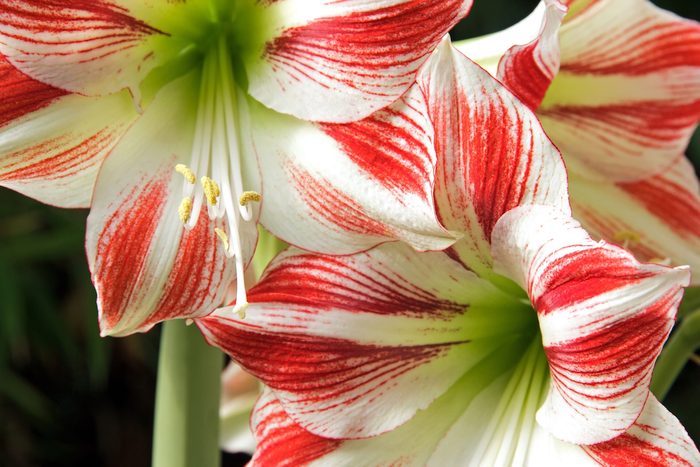
Amaryllis
This blooming winter bulb stuns on a Christmas table but, much like the holiday ham, don’t let your dogs have a bite. Members of the amaryllis family contain lycorine and other toxic substances.
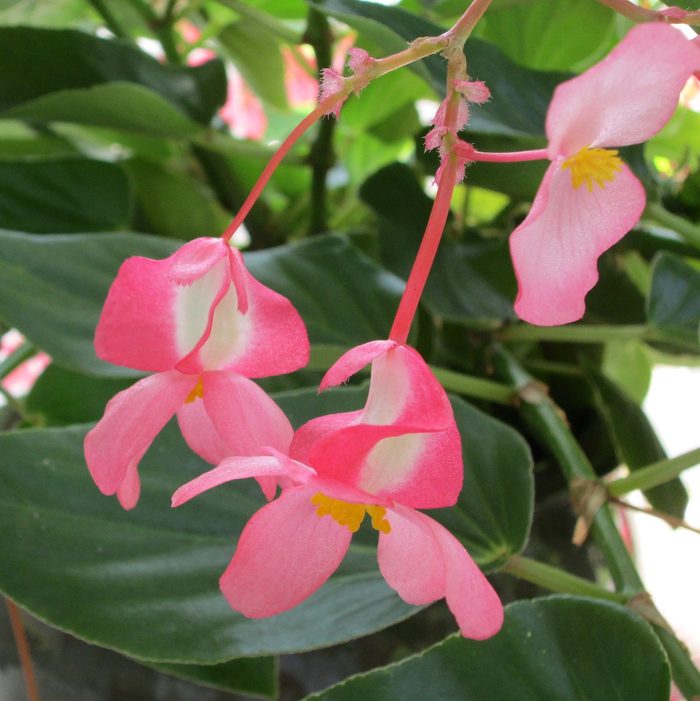
Begonia
Although its most toxic parts are underground, it’s still best to keep begonias out of reach of your pets. They cause vomiting in dogs and cats and can be even more dangerous for horses and grazing animals.
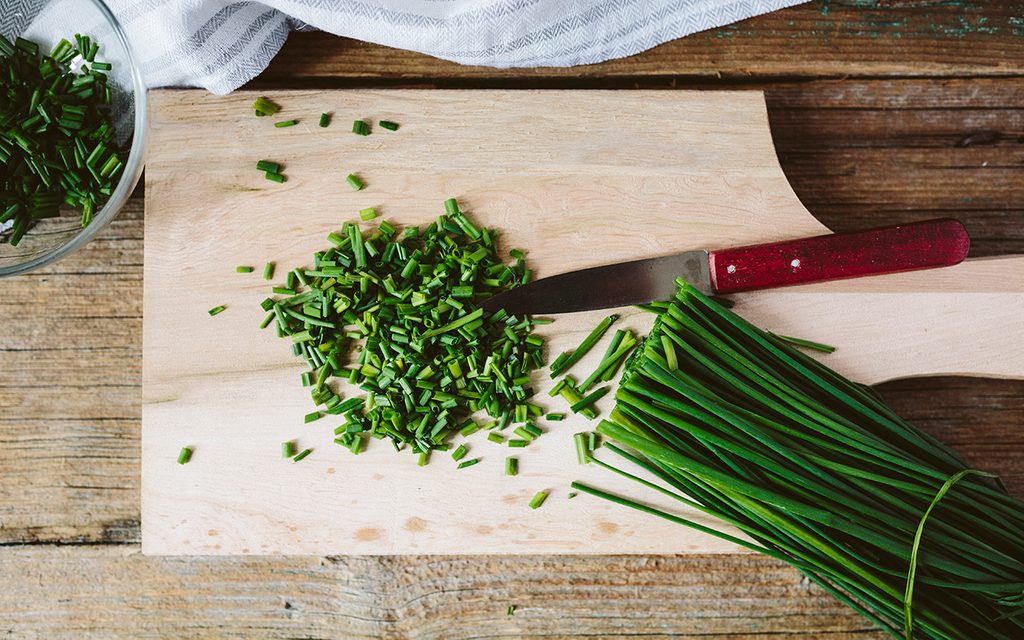
Chives
Chives add flavor to any dish, but don’t sprinkle them on your dog’s food. The leaves of these plants are toxic to dogs in certain quantities just like other alliums, including onions and garlic.
P.S. Other kitchen herbs you want to avoid include mint, oregano and tarragon.
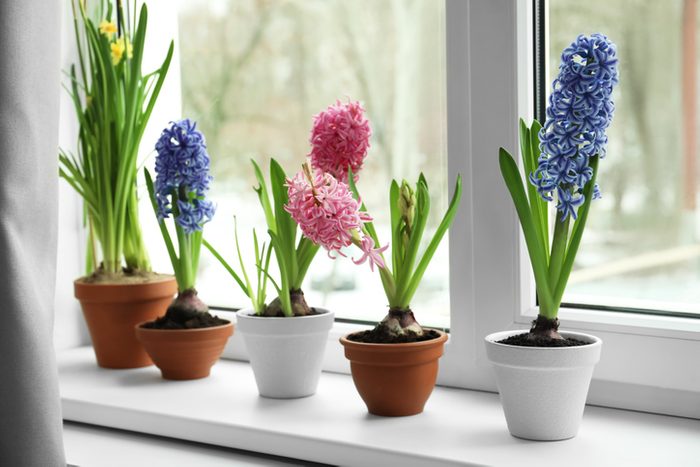
Hyacinth
These early spring flowers bring color to windowsills, sometimes well before outdoor flowers start to bloom. But, unfortunately, these plants are toxic to both dogs and cats.

Jade
Another poisonous succulent, jade can cause upset digestive systems in dogs and cats. Symptoms can include lethargy, vomiting, depression and stumbling. Usually it’s not serious, though, and they’ll get better on their own. Other succulents commonly toxic to pets include many in the Euphorbia genus.
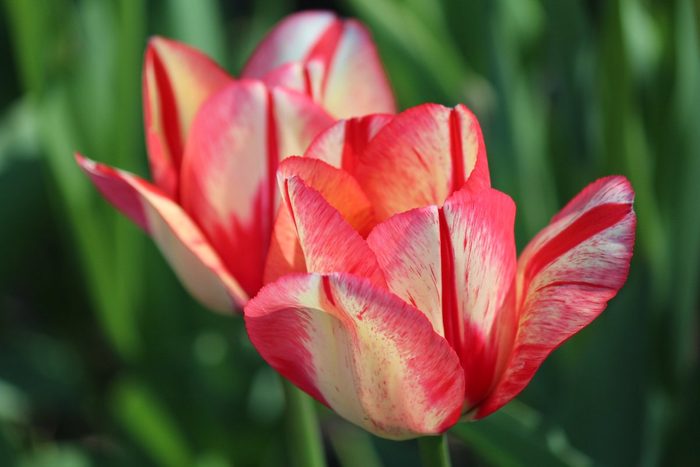
Tulips
Growing tulips indoors is a fun project, but dog lovers should look for other entertainment. Luckily, most of the toxins are in the bulb, but animals can still get sick from chewing on the foliage above the soil.
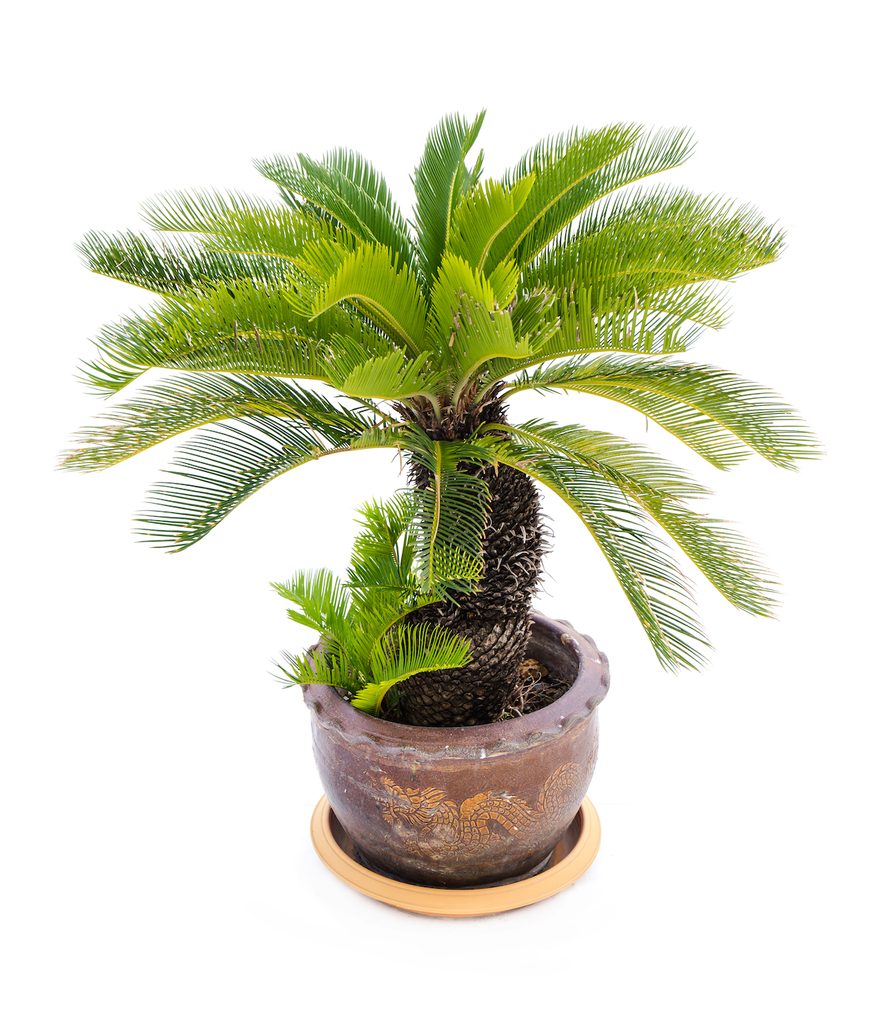
Sago Palm
These palms give indoor spaces a tropical feel, but it’s no vacation for man’s best friend. The fronds cause serious problems for curious dogs.
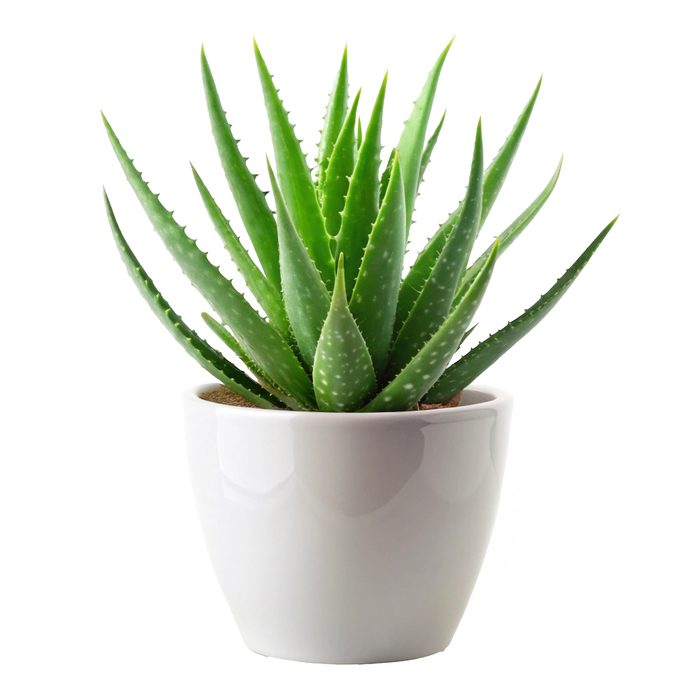
Aloe Vera
The latex in aloe vera leaves is mildly to moderately toxic to dogs and cats. When pets eat the yellow inner skin, it commonly causes diarrhea, because of the anthraquinone glycosides it contains. Other symptoms include severe dehydration, vomiting, changes in urine color, lethargy, depression and anorexia.

Diefferbachia
Chewing on dieffenbachia causes immediate pain and swelling in pets’ mouths due to the calcium oxalate crystals in the plant tissue. Other symptoms include drooling, pawing at the mouth, difficulty swallowing, vomiting and respiratory distress. Extreme cases can be fatal, so consult poison control or a vet promptly.
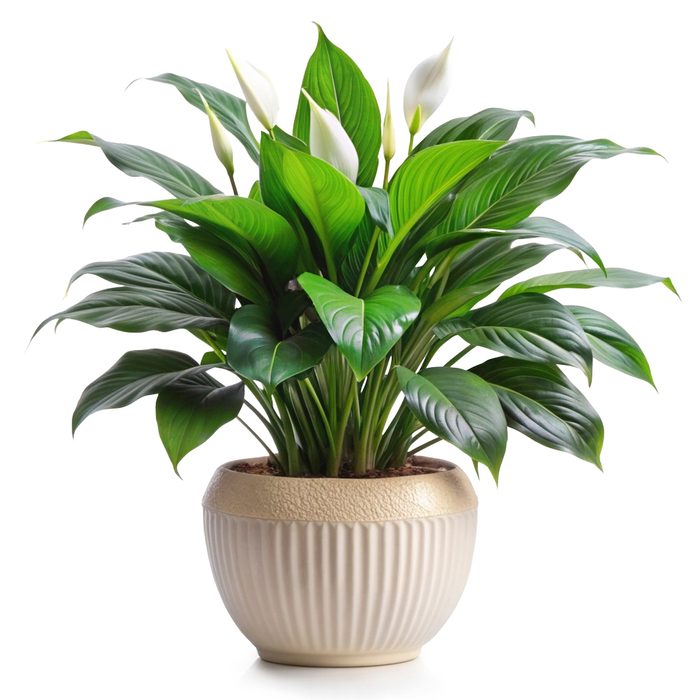
Peace Lily
Like dieffenbachia, peace lilies also cause pain and swelling when munched on. They, too, contain calcium oxalate crystals, as do many other common houseplants in the Araceae family, including monstera, caladium, pothos and philodendron. Also watch out for the sap, which can irritate your eyes.
Sources
- ASPCA – Poisonous Plants
- Pet Poison Helpline
- National Institute of Environmental Health Sciences – aloe vera
- Poison Control – Dieffenbachia and Philodendron
- PetMD.com – Are Succulents Poisonous to Cats and Dogs?
- American Kennel Club – Are Holiday Plants Toxic to Your Pet?
- VCA Animal Hospitals – Onion, Garlic, Chive, and Leek Poisoning in Dogs























